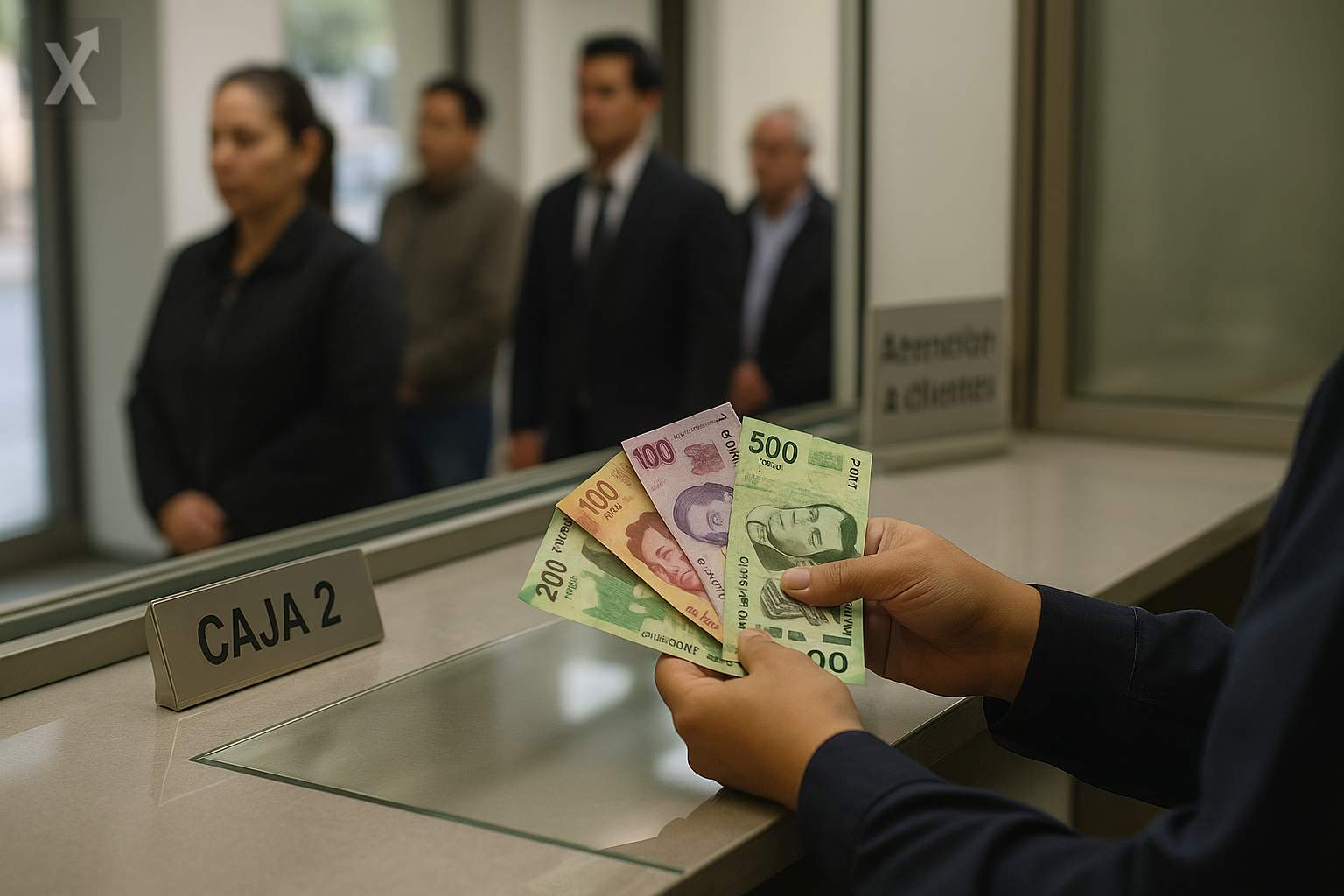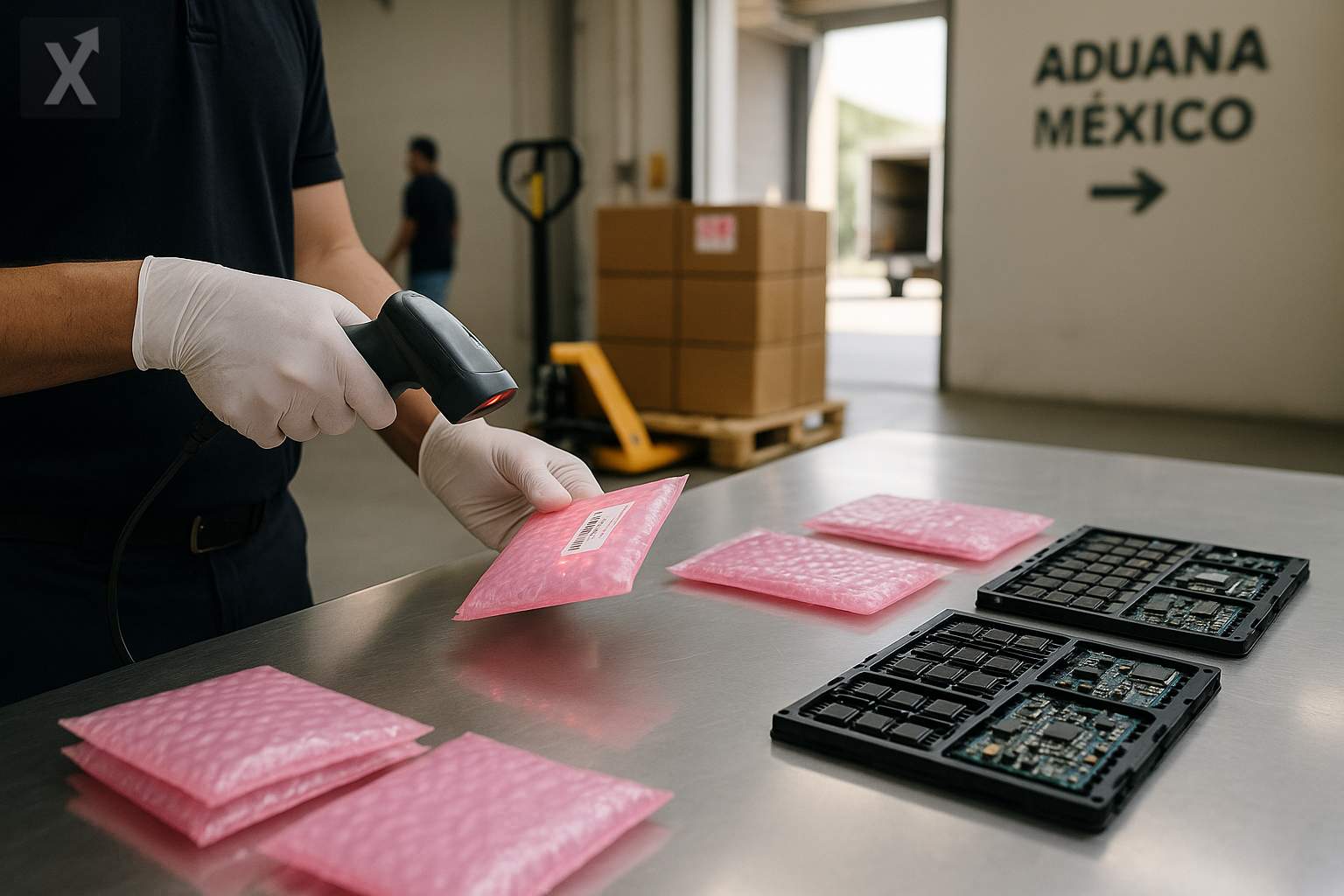Cetes Maintain Positive Real Yields Despite Rising Inflation

Mexican Treasury Certificates (Cetes) continue to offer a real advantage over inflation, even as the Consumer Price Index climbed to an annual rate of 3.57% in August, according to data from Inegi. On the short end of the yield curve, the latest placements by Banco de México show reference rates close to 7.20% for 28-day terms and 7.50% for 91 days, with intermediate levels around 7.57% for six-month terms. For two-year tenors, fixed-rate government bonds hover around 7.89%, suggesting that, for now, yields on peso-denominated instruments are comfortably outpacing inflation.
This spread favors those looking to preserve their purchasing power with minimal risk. Simply put, the approximate real yield can be estimated by subtracting observed inflation from the instrument’s rate. Under this logic, a 28-day Cete yielding 7.20% against annual inflation of 3.57% results in a differential of about 3.63 percentage points. However, the effective return for each investor will depend on the time of purchase, the term, reinvestment, and the applicable income tax withheld on interest.
Cetes are zero-coupon instruments: their face value is 10 pesos, they are purchased at a discount, and at maturity the full value is received; the gain is the difference between the purchase and redemption price. For conservative profiles, terms of 28 to 182 days make liquidity management easier. Those looking to lock in a rate for a longer period can opt for longer terms, but they take on reinvestment risk: if rates go down, “locking in” today’s yield is positive; if rates go up, the opportunity cost increases.
The recent spike in inflation remains within Banxico’s target range (3% ± 1 percentage point), but the performance of core inflation—especially in services—and the outlook for expectations will be key for the rate cycle ahead. The market continues to closely watch the central bank’s communications and data on activity, employment, and wages, as well as peso exchange-rate volatility, all of which affect the government yield curve.
On the macro front, domestic consumption continues to support growth, while the relocation of supply chains (nearshoring) has fueled investment in manufacturing and logistics. These inflows, together with prudent fiscal policy and a liquid financial system, have helped keep risk premiums in check. Among the main risks are shocks in energy and agriculture, wage adjustments, seasonal pressures on regulated tariffs, and the path of US monetary policy, which can impact the peso and, by extension, local expectations.
For retail investors, Cetes are accessible through Cetesdirecto, with no commissions and low minimum investment amounts, making them a useful tool for building a short-term savings “cushion” or for laddering maturities (a “ladder” strategy) to reduce reinvestment risk. Those seeking explicit inflation protection can consider Udibonos, which pay in UDIS and shield against increases in the price index, though they carry greater sensitivity to changes in real rates.
In any case, it’s important to take taxes, investment horizon, and liquidity needs into account. Peso government securities are considered very low credit risk, but they are not free from market risk: their prices fluctuate with expectations for inflation and monetary policy. Diversifying across maturities and periodically reviewing objectives and risk tolerance can help mitigate these fluctuations.
Looking ahead, returns will depend on how quickly inflation converges towards the target, on Banxico’s tone, and on external factors. If interest rates continue to moderate, the real yield spread on Cetes could narrow; if inflation surprises to the upside or the external landscape becomes more complicated, the curve could reprice upwards.
In summary, Cetes continue to offer an attractive real premium over current inflation, especially on the short end of the curve. Balancing term, liquidity, and reinvestment risk will be key to capturing value in an environment where rates could still fluctuate. Discipline in reinvestment, focus on core inflation, and diversifying across maturities will be critical factors to monitor.






